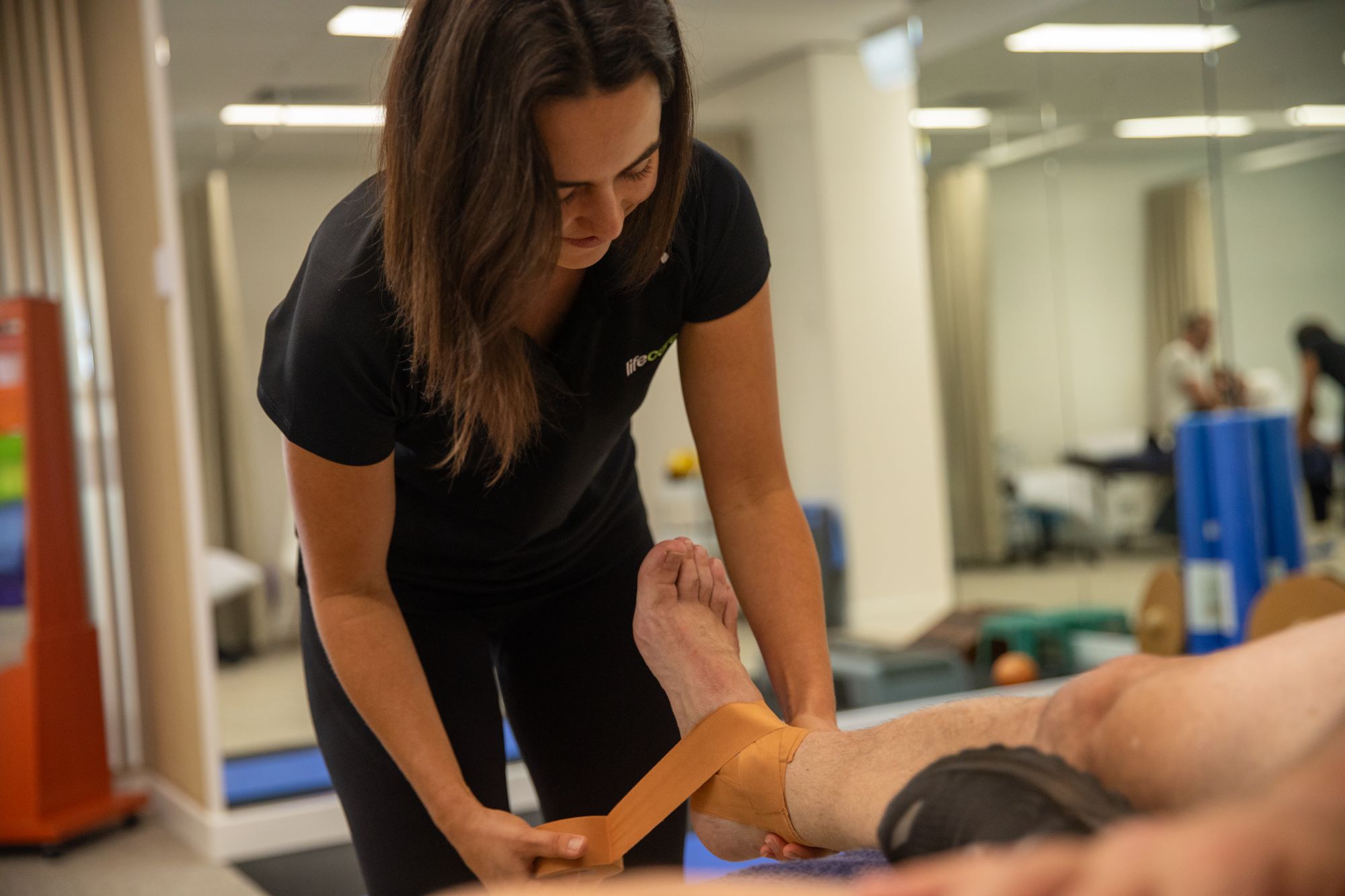Plantar fascia pain is the most commonly reported cause of inferior heel pain. Plantar fascia is usually diagnosed by pain on palpation over the calcaneal origin as well as thickening of the plantar fascia itself, with the condition being very prevalent in long distance runners (8% of injuries) (Taunton, 2002). Runners with this presentation can often describe the pain coming on over time, that is worse in the morning but gets better after walking and “warming it up”.

Many treatment modalities have been suggested and used to treat plantar fascia pain. However, some modalities that are often prescribed (such as stretching) have had limited success, with 40% of runners suffering from plantar fascia symptoms complaining of the same discomfort 2-years post diagnosis.
Therefore today Nick Cross and Emma Poynton from Lifecare Ashburton Sports Medicine and thestride.com.au take you through the cause of the pain, cover some rehabilitative suggestions and treatment methods that we use to treat the condition. This is to keep you on track and running pain free.
Cause of pain: Pathological findings or poor adaptation to training loads?

It has been suggested that plantar fascia pain is commonly associated with aging or degenerative changes around the plantar fascia itself (Jarde, 2003). With the aging (deterioration) of collagen fibres, focal areas of fibroblast proliferation and increased vascularity being the main drivers around pain.
However, recent studies have shown that in athletes and sports involving high running volumes, pathological findings don’t necessarily correlate to pain and function. Bodies of evidence now suggests that the plantar fascia may become painful when subject to inappropriate training loads and is unable to adapt (Rathleff, 2014).
Therefore as clinicians we look to treat the donut, not the holes that appear on images, as majority of the time they may very well be normal!
Strength over stretch
Runners with plantar fascia pain who complete a strength based protocol are more likely to have decreased pain symptoms at three months post diagnosis (Rathleff, 2014). This is when compared to other protocols such as stretching. It is believed that the high load and tensile forces from the exercise yield a higher treatment effect. These finding correlate with previous research that shows people with increased dorsi and plantar flexion strength have less incidents of plantar fascia pain (Rathleff, 2014). This pattern also aligns with the body of research completed around tendon pain of the achilles and patella and the response to strength training (Cook & Purdam, 2009).
Strength Exercise
One common exercise we give our patients to begin is a static heel raise holds with a towel placed under the toes. This is to bias the plantar fascia. Over time this exercise is modified according to our runners symptoms.
Additional treatment suggestions
Taping and footwear modification
Shockwave therapy
Cortisone (including iontophoresis)
Weight loss
(This article first appeared on thestride.com.au – your source for expert advice, articles and resources for preventing and managing running injuries, with advice from Melbourne’s top Physiotherapists, Podiatrists and Sports Dietitians)

